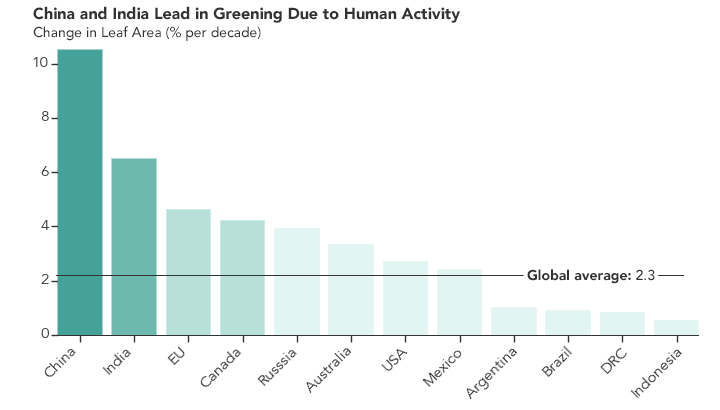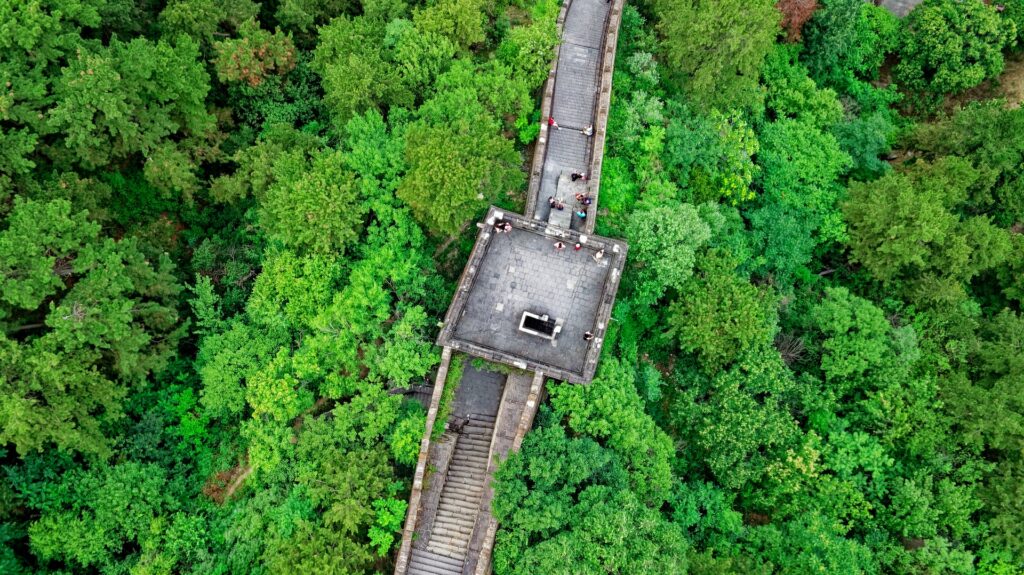Last month we harvested a good crop of strawberries from our organic farm blocks in China. The winter had been benign with adequate rainfall. This led to a discussion on how worldwide weather was changing and we wondered whether the normal cold dry winters in north China might be moderating. Kirby, our China Managing Director, suggested there were observations that the Great Green Wall of China was having a positive effect. This huge project is not well known outside China, and we hope our readers will find it interesting.
The northern inland part of China has always been arid, sheltered as it is by the Himalayas and the plateau of Tibet from the Indian Ocean monsoon. The Gobi and Taklamakan deserts had increased in size at the frightening rate of 10,400km² a year, and dust storms regularly blighted Beijing.
This has not gone unchallenged, and since the early 1980s the government and people of China have made a colossal effort to re-green the deserts by planting trees, with the aim of reducing desertification in the northern areas of China.
From 1982 until 2021 it is claimed that 78 billion trees have been voluntarily planted across 13 provinces. This has increased the forest cover in China from 12% in the early 80s to 24%. The full name of the project is The Three-North Shelter Forest Programme but it is more commonly known as the Green Great Wall. The project will continue until 2050 when it is expected 100 billion trees will have been planted and the forest area will be 4500 kilometres long.
This huge project has not been without its challenges, as you might expect. For example, in the 1990s, huge areas of newly planted forest were decimated by the Asian longhorn beetle feeding from the wood, the problem exacerbated by the fact that single species of trees had been planted. It’s now acknowledged that there’s a need for mixed forests and biodiversity. Difficulties aside, there is now evidence that the project is playing a significant role in mitigating China’s climate impact, combating air pollution, land degradation and climate change and China has become a world leader in desert reclamation.

According to NASA, at least 25% of World foliage expansion since the early 2000s has come from China, with India also making a huge contribution. Whilst we in the West are quick to condemn the impact of China and India’s industrial developments on worldwide pollution, it’s also important that we commend such huge scale and effective initiatives like this.
You can read the full NASA article here:
For those interested in getting more of an idea of the sheer hard work involved, see videos below:
https://youtu.be/DV-_Au9CPTY?si=za_gsAtFtUpPQ2HY
This is a macro event in China’s effort to improve our World. It’s incumbent on all of us to do our bit, and next time we’ll focus on how we are doing that on a micro level at Dragons Garden Ltd.

